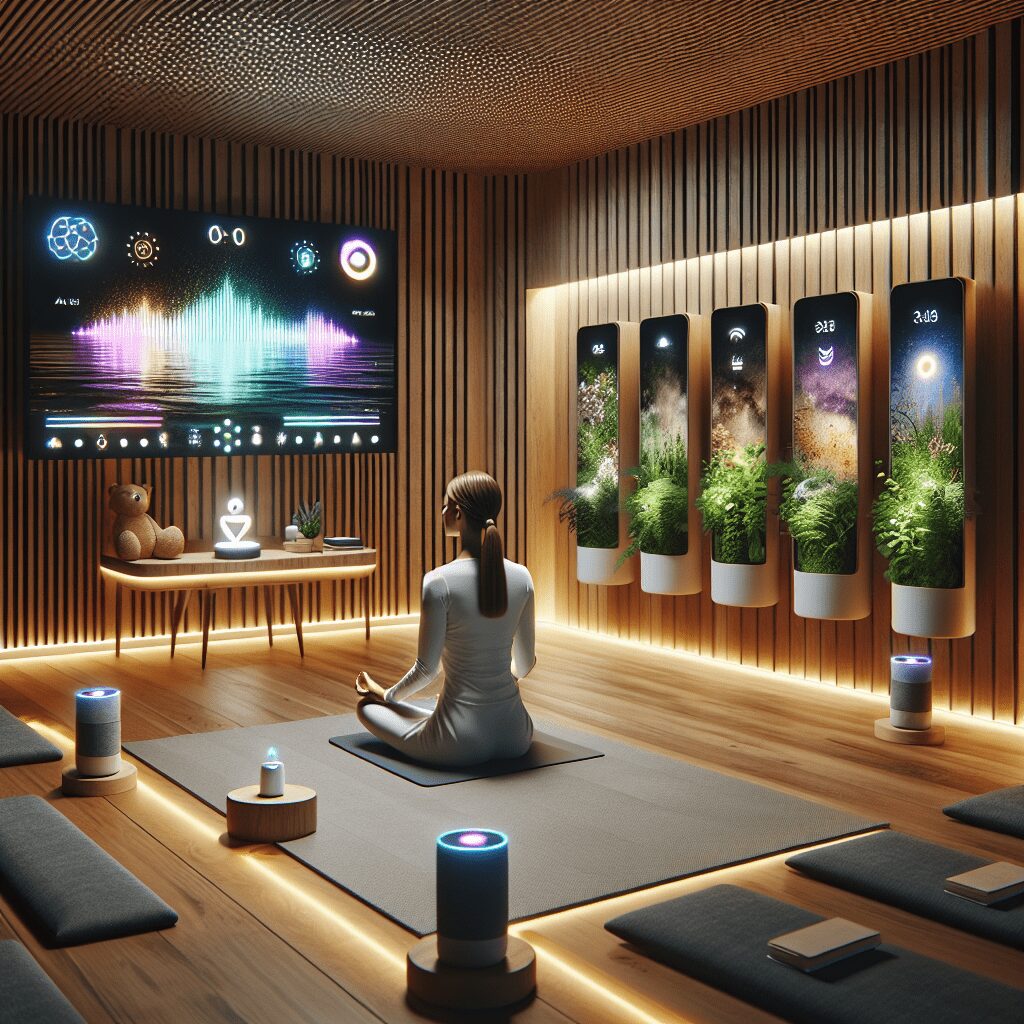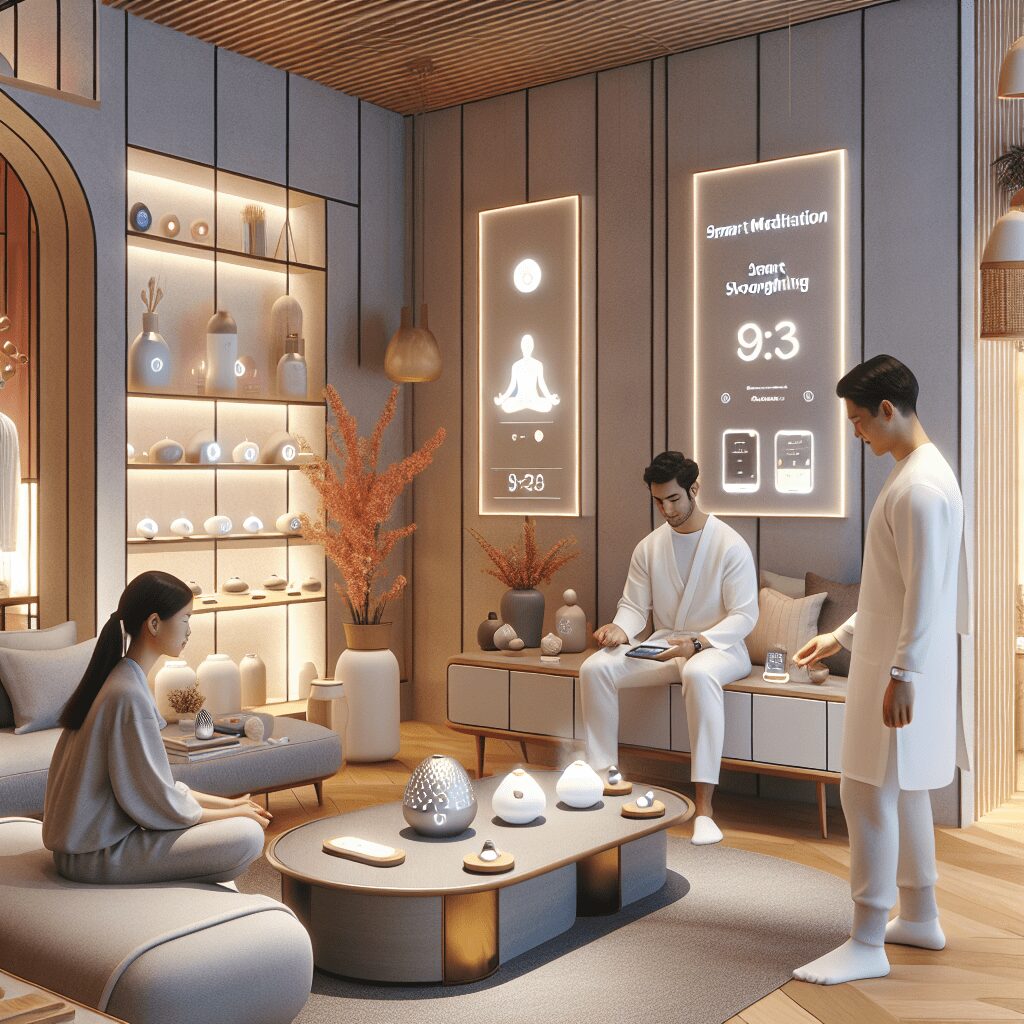
Prioritize your mental well-being daily. Enhance your life by nurturing your mental health with the Smart Meditation app. Break free from stress, alleviate anxiety, and enhance your sleep quality starting today.
What Percent Of Women Take Antidepressants?
Navigating the Maze of Mental Health: A Glimpse into Antidepressant Use Among Women
In the intricate dance of mental health, where swings from highs to lows can be as unpredictable as the weather, antidepressants have emerged as a ray of hope for many. They serve as a steadying hand for those battling the tumultuous waves of depression and anxiety. Yet, the question that often surfaces, creating ripples of curiosity, is: What percent of women actually find solace in these pharmaceuticals?
The Numbers Speak: Unveiling the Stats
Let’s dive into the data, shall we? According to a report from the National Center for Health Statistics (NCHS), it appears that roughly 16.5% of women over the age of 18 have found an ally in antidepressants in the past few months alone. This statistic speaks volumes, highlighting not only the prevalence of mental health challenges among women but also their willingness to seek and find refuge in medical solutions.
But wait, there’s more to this story. The narrative doesn’t just stop at a mere percentage. You see, this figure is nearly double when juxtaposed against their male counterparts, showcasing a significant gender disparity that prompts a deeper examination. What drives this chasm in antidepressant usage between men and women? Is it societal expectations, biological factors, or perhaps a combination of both?
Beyond the Pill: Unpacking the Layers
Diving deeper, it’s evident that the conversation around antidepressants and women isn’t just black and white – there are shades of gray that need to be acknowledged. For starters, women are more prone to encountering mood disorders such as depression and anxiety, a fact that’s been supported by numerous studies. This increased vulnerability could be attributed to a myriad of factors, including hormonal fluctuations, societal pressures, or even the double whammy of balancing career and family life, which, let’s be honest, can feel like juggling chainsaws at times.
Moreover, there’s the aspect of healthcare-seeking behavior. Women, historically, are more likely to reach out for help and discuss their feelings with a healthcare provider, thereby opening the door to antidepressant prescriptions. On the flip side, the stigma surrounding men and mental health, coupled with the age-old adage of “toughening up,” might deter many from stepping foot into a doctor’s office.
A Pill for Every Ill? The Debate Continues
Certainly, antidepressants have their place in the toolkit for battling depression and anxiety. However, it’s crucial to not view them as a one-size-fits-all solution. The importance of a holistic approach – one that includes therapy, lifestyle changes, and social support – cannot be emphasized enough. After all, tackling mental health requires more than just popping pills; it’s about nurturing the mind, body, and soul in unison.
In conclusion, while the statistic of women taking antidepressants sheds light on the pervasive nature of mental health issues, it also opens up a dialogue about the necessity for comprehensive care. It’s a clarion call for the destigmatization of mental health discussions, ensuring that both men and women feel empowered to seek the help they need, antidepressants or not. Let’s not forget, the journey towards mental well-being is a marathon, not a sprint, and it’s one that’s best navigated with a holistic roadmap in hand.




